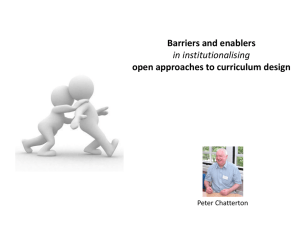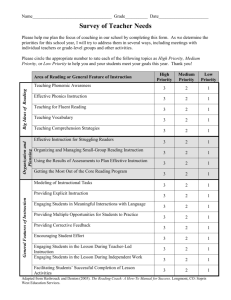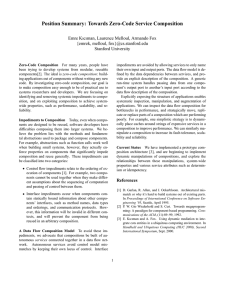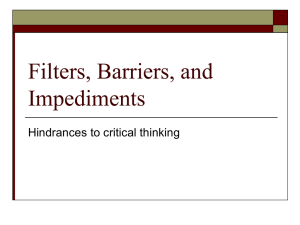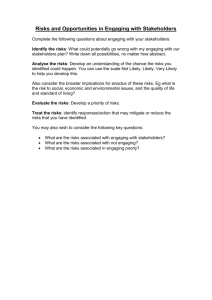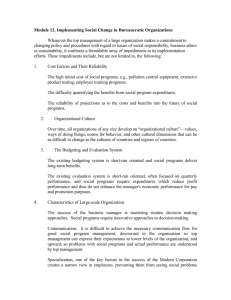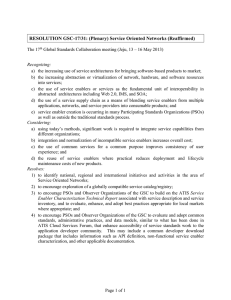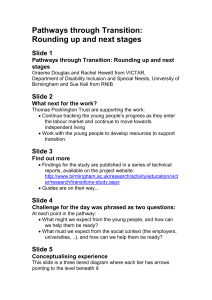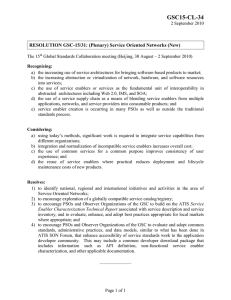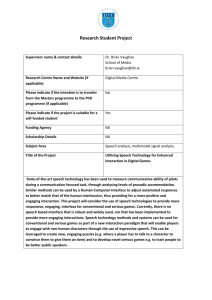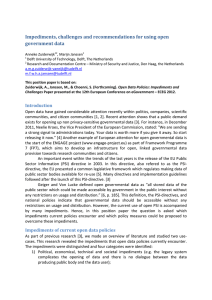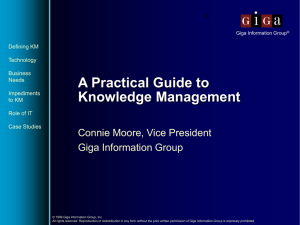Powerpoint 397k
advertisement
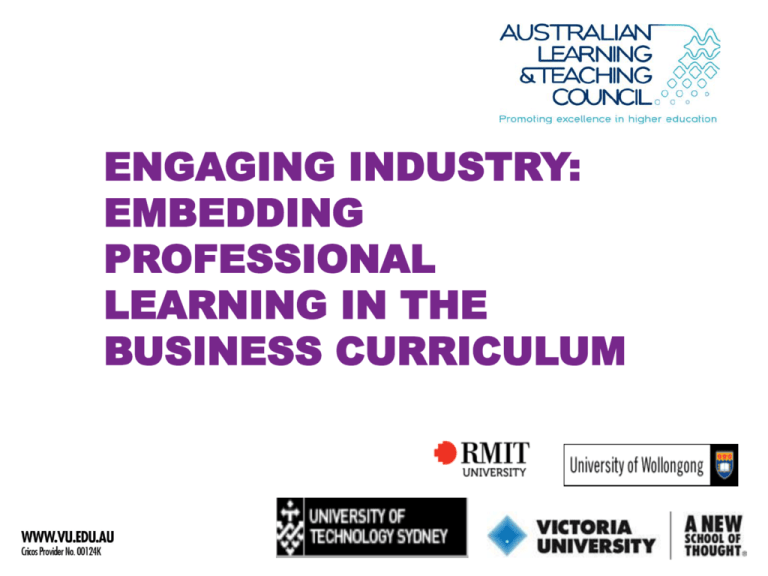
ENGAGING INDUSTRY: EMBEDDING PROFESSIONAL LEARNING IN THE BUSINESS CURRICULUM Overview • • • • • • • • • • Project background Project objectives Methodology Defining Professional Learning (PL) PL Typology Characteristics of PL Good practice principles Impediments and enablers to PL Industry engagement Test Drive eManual BACKGROUND • ALTC Discipline Scoping Study: Business as Usual? • Recommended 3 Priority projects • Engaging Industry in PL • Generic skills • Valuing and Rewarding Teaching PROJECT OBJECTIVES • O1: Current Practice Scoping • Output: framework for categorising PL in business • O2: Identify good practice principles • Output: good practice guide • O3: Development of Resources & Cases • Output: Illustrative case study for each PL category • Industry engagement strategies • Web resources – eManual METHODOLOGY • Case study approach • Pro forma – distribution via the AD T&L Network • Individual targeting • Focus groups • • • • What PL means to you Motivation for PL Approached to Industry Engagement Enablers & Impediments • Desktop Audit • Institutional Policy and Context ENGAGING INDUSTRY • How and at what stage does industry & the professions engage with the business curriculum? • Development • Delivery • Evaluation • ‘Interconnectedness is a key to competitive advantage in a knowledge-based economy because effective partnerships enable faster rates of learning and diffusion of information and knowledge’ (US Council on Competitiveness) Describing Professional Learning Incorporates a range of teaching and learning activities that integrates theoretical and discipline-specific knowledge with the development of skills, qualities and attributes to facilitate the development of professional capability Motivations for PL • Apply discipline knowledge and skills to practical business problems • Provide a real-world context to theoretical concepts and models • Develop graduate capabilities • Ensure the currency of the business curriculum • Adopt learner-centred pedagogy that better engages and motivates students • Provide an effective transition and pathway to a professional career • Engage industry TYPES OF PL • • • • • • • • Industry Case Study Industry Simulations Industry Practitioner Delivery Industry Mentoring Industry Study Tour Industry Placement Industry Competition Industry Project PL Characteristics & Good Practice Principles • Industry-referenced explicitly linked to industry or professional bodies • Curriculum currency addresses up to date issues and industry practice • Integrated curriculum develops professional capability through linking practice with theory • Self-directed learning fosters reflective practice and lifelong learning IMPEDIMENTS AND ENABLERS • • • • • • • • • • • • • • • • Institutional Context Industry Engagement Resources Time Learning culture Learning spaces Expectations Recognition and reward Curriculum Assessment Offshore equivalence Evaluation Capability ICT Accreditation Geography Multiple levels of engagement with industry • • • • • • • • • • • Program advisory committees Accreditation - development Workplace tours Guest lectures - delivery Modeling industry behaviour and practice - e.g. mentoring, simulations Hosting experiential learning Source of projects Client for projects or novice consultants Providing resources or sponsorship Assessment Assurance of learning Knowledge Integration Community (KIC) model at the Cambridge-MIT Institute A model of industry engagement Allen and Williams (2005) identify five levels: • • • • • Strategic alliance Partnership Formal Ad-hoc Awareness
